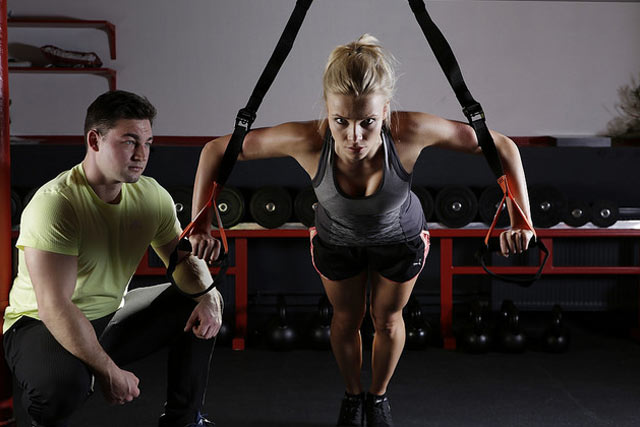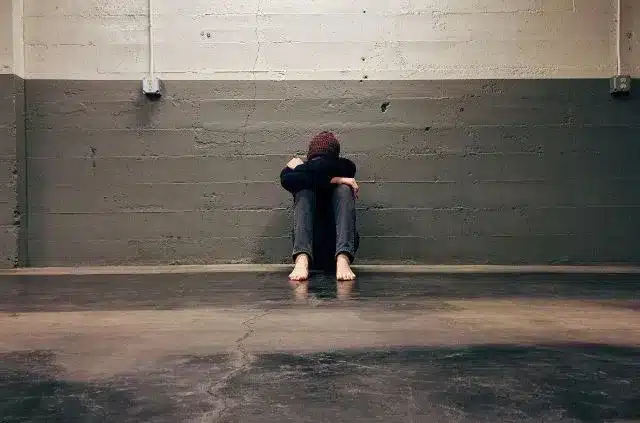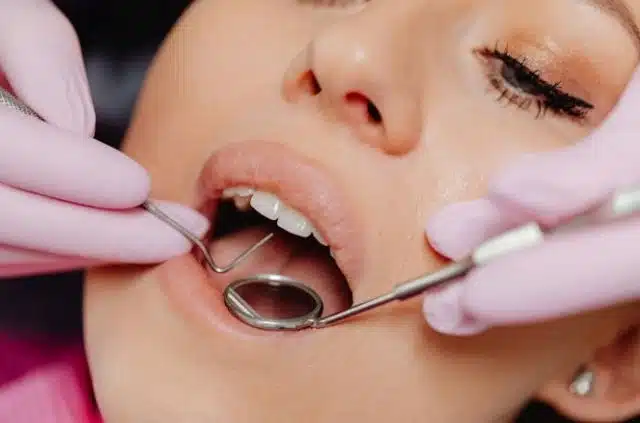People often get into fitness to change their appearance so they can feel stronger, leaner, or more attractive. Even with the best intentions, getting fit requires more than just increasing the time spent working out. It also requires making other changes that can have positive effects on the way we live.
Fitness Motivates Necessary Changes:
When you dedicate yourself to getting in shape, everything you do affects your efforts to change your physique. It isn’t just a matter of doing more exercise, because your eating habits and an otherwise sedentary lifestyle can sabotage your efforts. Refusing to change your diet, for instance, will add calories and fat to replace the calories your one-hour workout burned. As a result, weighing yourself on the scale the next morning will likely be a frustrating experience.
Similarly, spending the rest of your day seated at a desk or in a recliner will limit how much progress you can make. This doesn’t mean you should never relax. You should spend the majority of your day engaged in some type of physical activity. For many people, this means making significant lifestyle changes, which they might not have otherwise considered.
While you might begin working out to look better and feel better about yourself, you’ll soon find that you’re engaging in fitness for health reasons. As you switch to a healthier diet and schedule more physical activities throughout your days, you’ll find that you’re feeling better and happier. This will encourage you to embrace this new way of life and compel you to make it a more permanent change. One way to keep yourself dedicated is by doing it with a friend or hiring a fitness trainer to keep you moving.
Why Do So Many Recovering Addicts Become Fitness Fanatics?

When a recovering addict is in a rehab facility, one of the ways they’re taught to cope with cravings is by exercising. This works, because it provides a distraction until the cravings pass. Additionally, an intense workout produces the same biochemical reaction in the brain that using drugs or alcohol produces, but through a more natural process.
When an individual uses drugs or alcohol, the brain releases dopamine, Which is the “feel good” neurotransmitter that lets us feel pleasure. Physical activity produces this same response, but without creating the harmful cycle of addiction. As addicts going through alcohol treatment begin incorporating physical activity into their daily routines, their cravings for alcohol become cravings for exercise. While this may seem like replacing one addiction with another, an addiction to fitness is healthy and far less costly.
In addition to reducing withdrawal cravings and helping to control symptoms. Fitness and exercise give recovering addicts something positive to work towards. Whether they set their own objectives or look for opportunities to compete with others, they begin to establish specific goals. They work towards meeting those goals, which helps them measure their progress and focus on a positive achievement. As they meet their objectives, recovering addicts are filled with pride by having accomplished something positive and worthwhile. This boost of self-confidence can inspire them to recreate that feeling through future achievements.
Whether you just want to get in shape or you need help recovering from an addiction. Exercise and physical fitness have proven to be more than just a method for meeting objectives. It often inspires people to make healthier choices and to look for more ways to live happier lives. A lifestyle dedicated to fitness can even help us achieve dreams we once thought were impossible.



